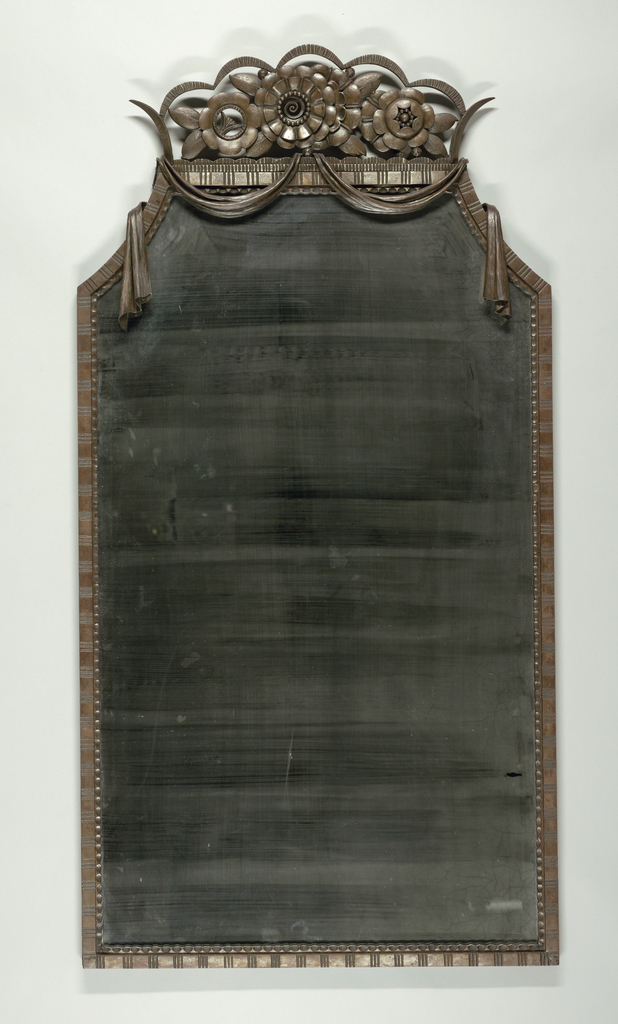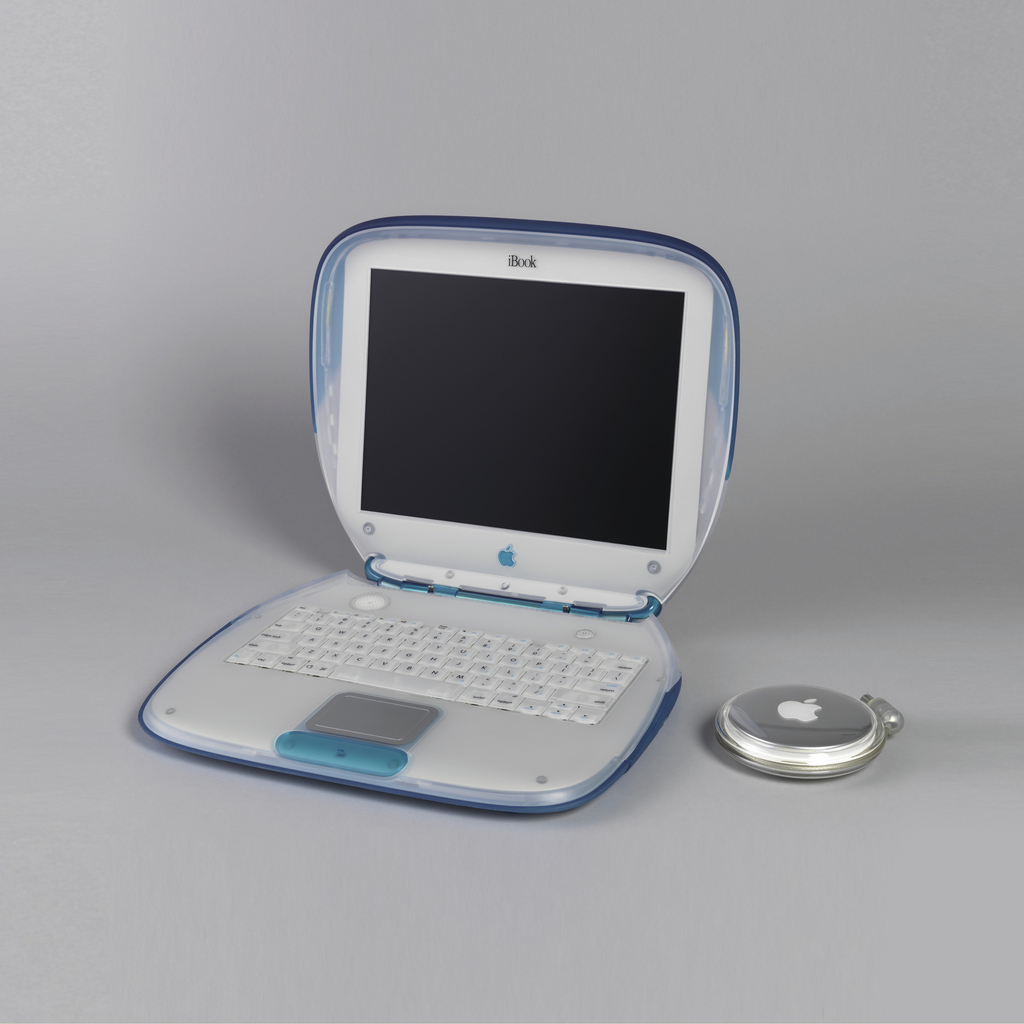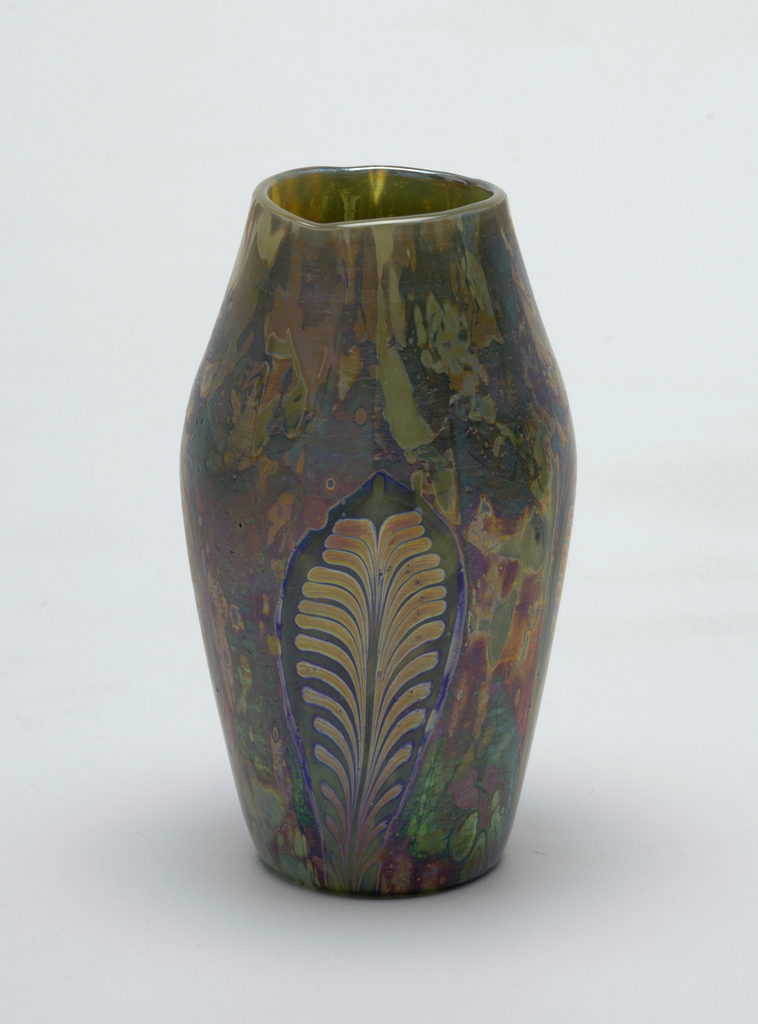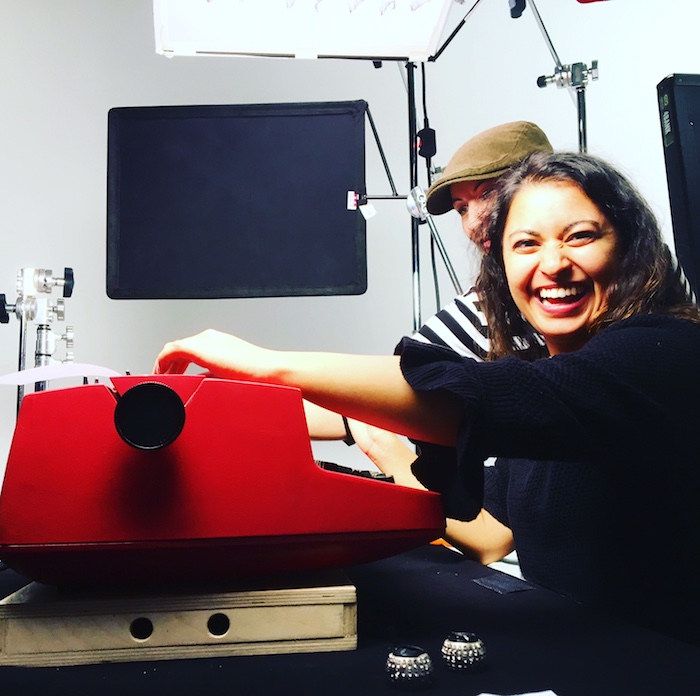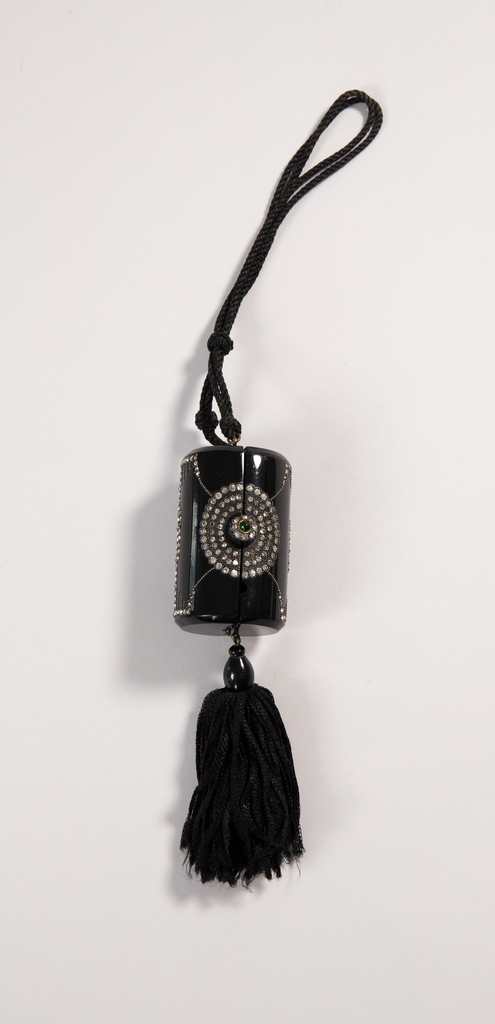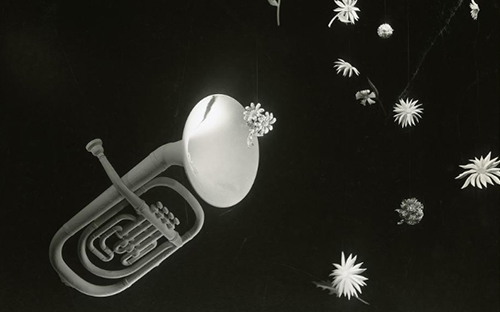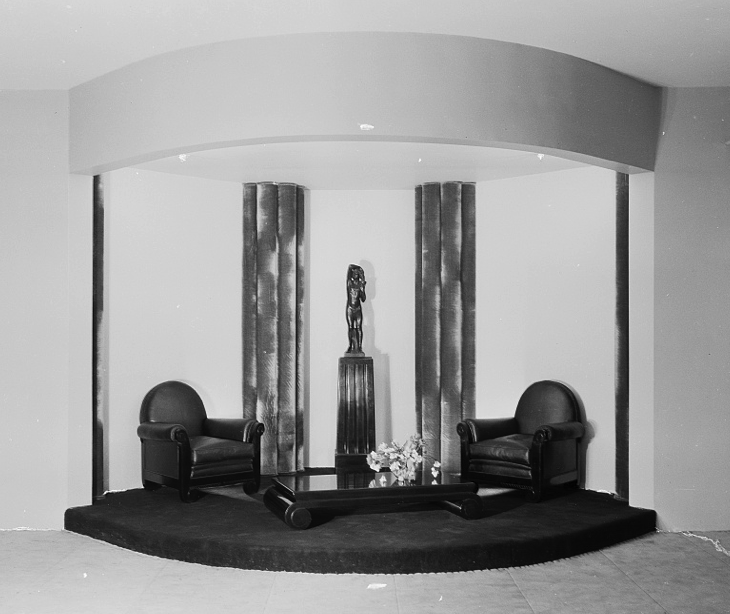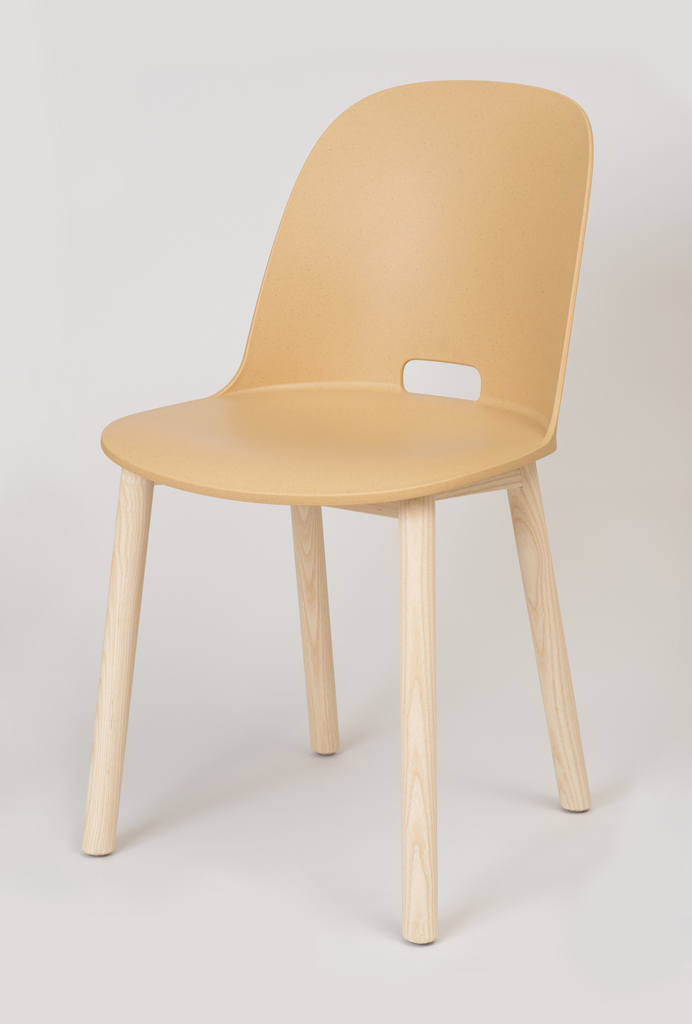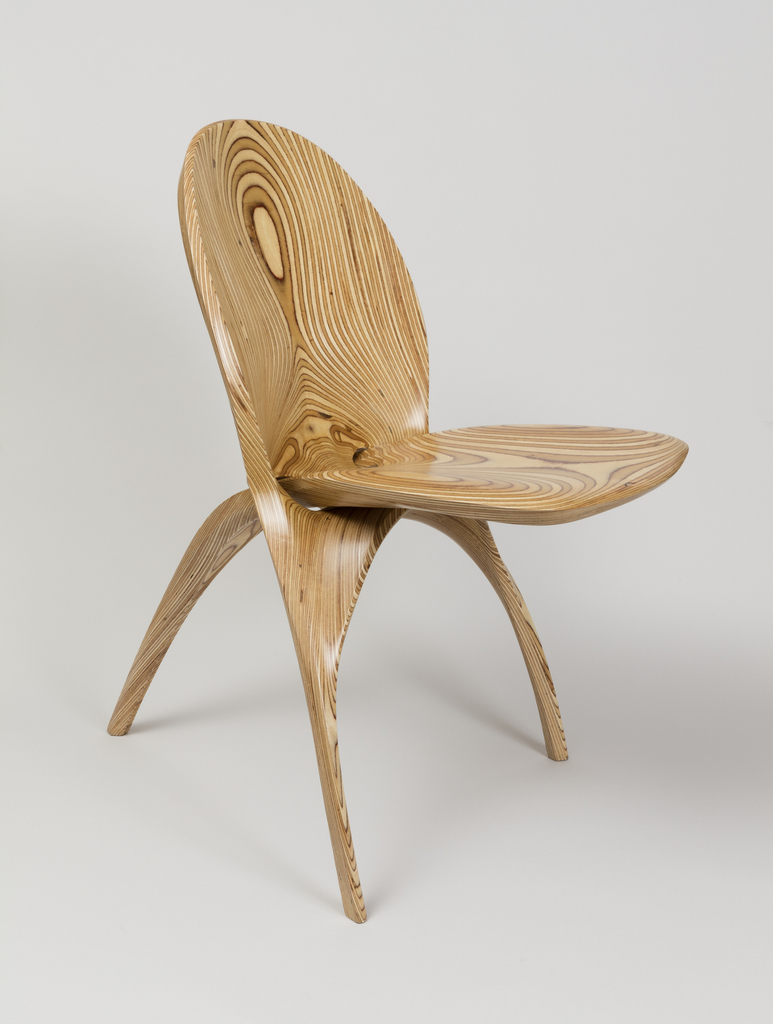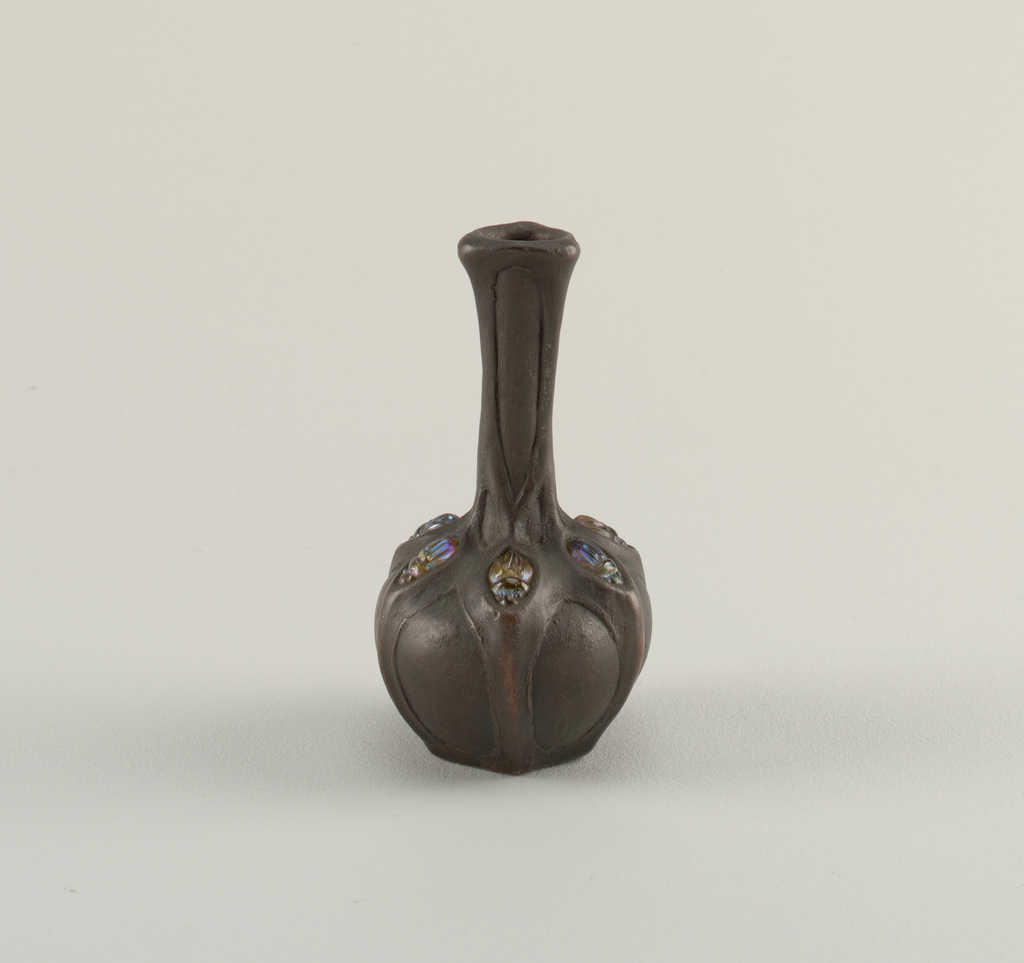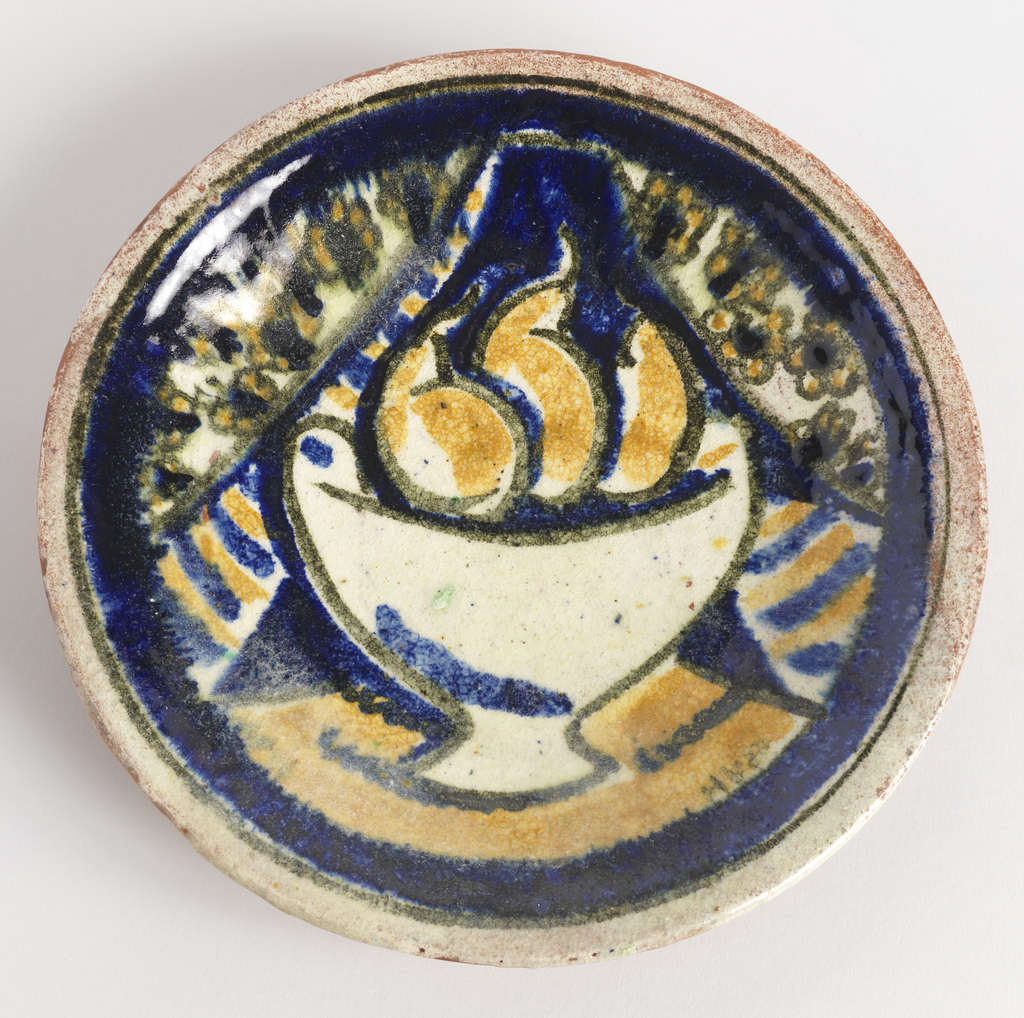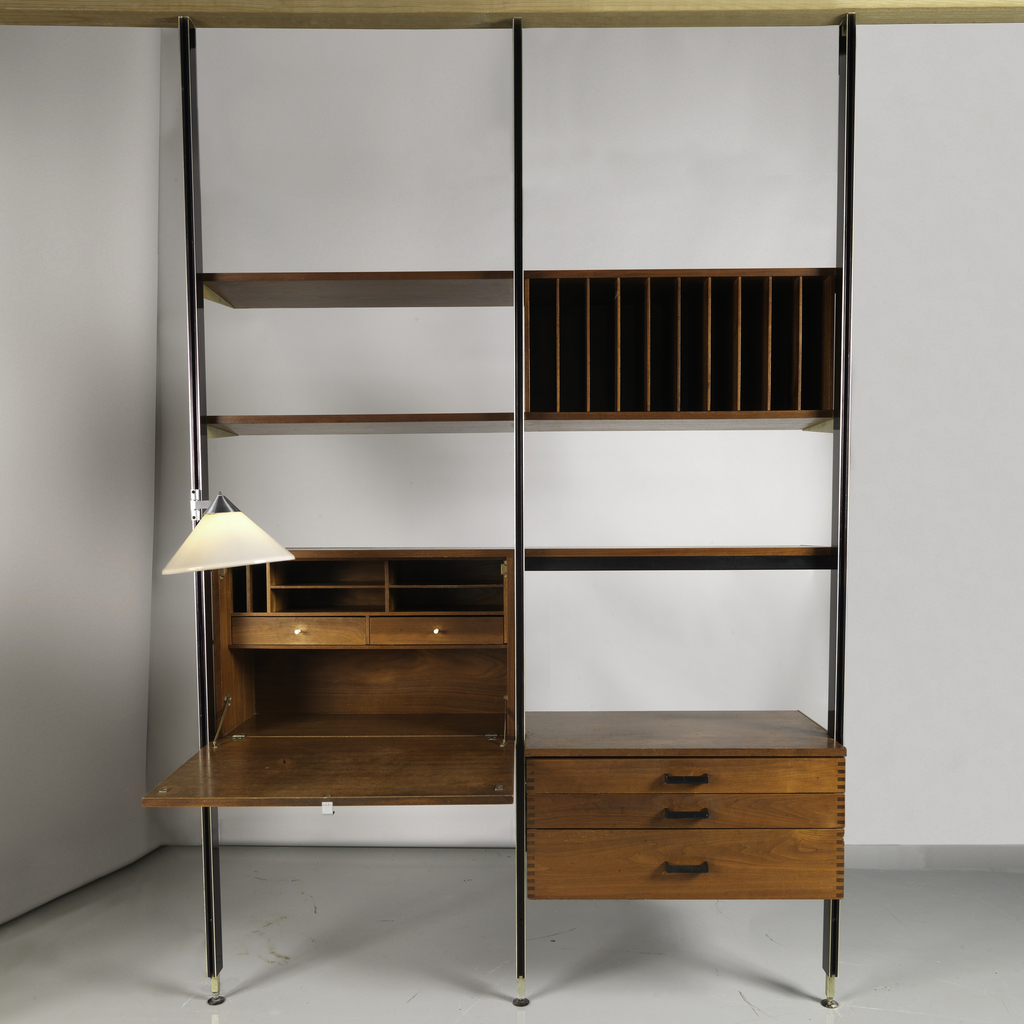This post was originally published on December 12, 2015. The French designer Edgar Brandt spurred a revival of interest in interior furnishings made of iron in the 1920s. His participation in the 1925 Paris Exposition won him great praise. Brandt’s ironwork was admired throughout the fair; he designed the gates of the front entrance, his...
Today’s Object of the Day celebrates the winners of Cooper Hewitt’s National Design Awards. Honoring lasting achievement in American design, the Awards take place annually during National Design Week, with festivities for all ages celebrating design creativity and innovation. Today’s post was originally published on September 9, 2015. “When was the last time someone offered...
From the archives, an Object of the Day post on an example of iridescent design from the collection.
The founder, chairman, and CEO of R/GA, a worldwide digital advertising agency, product and service innovator, and consultancy. Bob Greenberg is the 16th guest curator in Cooper Hewitt’s Selects series, in which prominent influencers, designers, and artists are invited to mine and interpret the museum’s collection of more than 210,000 objects. The R/GA team made three videos...
In celebration of Women’s History Month, March Object of the Day posts highlight women designers in the collection. When Isabelle Olsson, head of Industrial Design for Wearables, arrived at Google she was given the brief to make the existing clunky Google Glass prototype (a cellphone’s motherboard, a battery, and a Pico projector all taped to...
Small and charming, this dance purse epitomizes both radical changes regarding women’s independence as well as the Art Deco style. The 1920s saw a shift in women’s behavior as they gained freedom after attaining the right to vote and the ability to become self-reliant, holding jobs and earning their own income. This freedom saw women...
In last month’s Short Story, Matthew Kennedy paraded us through the theatrical follies of the Hewitts, as well as the vivid and varied theatrical design collection of Cooper Hewitt. This month, Emily Orr, Cooper Hewitt’s assistant curator of modern and contemporary American design, introduces us to the chic and imaginative world of store window displays...
In the 1920s, the New York department store was an early promoter and exhibitor of European modernism and a distiller of these new styles for the American consumer. Good Furniture magazine reported in 1928 that “Lord and Taylor has taken a very definite step forward toward the actual placing of modern furniture in American homes.”[1]...
The Alfi chair is the product of a 2015 collaboration between British furniture-maker Jasper Morrison and American manufacturer Emeco. The chair’s simplicity expresses Morrison’s concept of “Super Normal” design, whereby objects are significant because of their everyday usefulness. The chair’s sturdy stance is in line with Emeco’s history as a manufacturer that prides itself in...
Ammar Kalo practices architecture and industrial design at his namesake studio in Sharjah, United Arab Emirates. His work ranges from architecture, interior design to furniture. The Stratum Chair’s concept and appearance were driven by his desires to “express materiality” and to take advantage of new fabrication technologies. Kalo laminated plywood and CNC milled a complex path...
In 1929, George Sakier was hired as a consultant for the well-established American glass manufacturer Fostoria, for whom he would work for the next fifty years. With a background as an art director of French Vogue, Harper’s Bazaar, and Modes and Manners magazines, Sakier’s commercial savvy as well as his eye for trends served him...
The Egyptian motif of the scarab, a symbol of self-renewal, experienced great popularity in the late nineteenth and early twentieth centuries. Thousands of glass scarabs were produced by at Tiffany’s Corona factory and inset into jewelry, metalwork, and ceramic vases, as seen here. Tiffany’s Favrile pottery is known for its unique color effects, created by...
Upon his return from military service in Europe in 1919, Henry Varnum Poor settled in an artists’ community in New City, New York where he purchased land and began single-handedly building a home called Crow House, named after the local birds who kept him company while he worked. As a struggling painter Poor was always...
From the archives, an Object of the Day post on an example of iridescent design from the collection.
Herman Miller introduced George Nelson’s Comprehensive Storage System (CSS) in 1959 and produced it until 1973. Available in a variety of wood finishes, the CSS could also be customized to fit the needs of customers, thanks to its modular units that included shelves, drawers, and desk units, such as the CSS in the museum’s collection....
